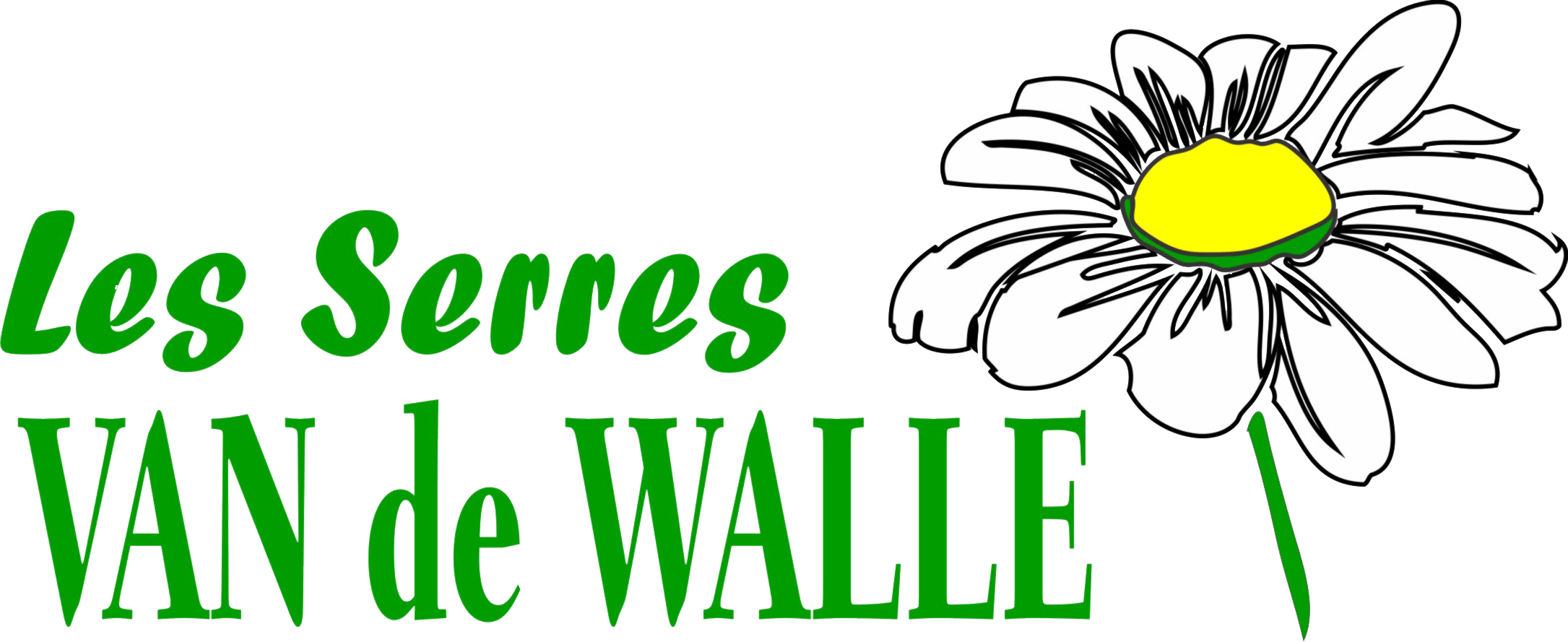If you’re feeling like trying gardening for the first time, you’re probably asking yourself the following questions: What size should my garden be to feed four people? What type of garden should I pick: in-ground, boxed, or above-ground? How many cultivated plants will meet the needs of a family? What type of vegetable variety should I pick? Don’t let the unknown scare you, but rather think of the numerous advantages that your garden will offer.
First, growing your own vegetable is an ecological and economical way of eating fresh, and even organic, if you wish. Second, contrary to what you may believe, taking care of a garden requires little time and effort. In fact, you’ll only need to dedicate one hour a week. Third, your children can help you with your crops, and trust us they’ll be much more inclined to taste the vegetables they grew in their backyards than the ones from the grocery store!
Now that you’re reassured on the benefits of having a garden, time to answer your questions!
Garden size to feed four people
To feed a family of four from spring to the months of fall you’ll need a surface area of roughly 8 m2 , therefore 2 m by 4 m for an in-ground garden, two boxes of 2m by 2m; or 4 above ground planters of 1 m by 2 m. This space will allow you to cultivate all your family’s favorite vegetables in sufficient quantities, without creating excessive surplus.
Don’t forget that gardens that are square or rectangle are generally easier to integrate to your land, and easier to build if you’re opting for an above-ground garden.
Different types of gardens
There are multiple types of gardens. In fact, there’s one to meet every taste, you’re guaranteed to find one that will fit your designated space. For now, we present you with the most popular gardens being the in-ground, boxed, and elevated gardens.
In-ground gardens
Like its name indicates, the plants of these vegetables are grown right in the ground. To create yours all you have to do is remove the grass, practice soil inversion until you’ve reached a 30 cm depth, and then add bags of soil and compost. You can also make a wooden or cement block border to stop grass from growing in the gardening space.
Boxed gardens
For a boxed garden you’ll have to build a box shaped wood frame to keep the soil in place. The borders of your garden will need to be 30 to 45 cm tall. Then at the bottom you’ll have to put roughly 10 newspaper pages or geotextile fabric on the grass or ground to prevent weeds from growing. Lastly, you’ll just have to fill your frame with a thick layer (at least 30 cm) of bought soil mixed with compost and natural fertilizer.
Above-ground gardens
For an elevated garden, you’ll have to build a wooden planter on legs. The legs of the planter can have the height that you desire. Some prefer them a few cm from the ground while others prefer them at hip height so they do not need to bend down to perform gardening tasks. Lastly, it’s essential that the bottom of your planter has drainage holes.
Whether you opt for an in-ground, boxed, or elevated garden, make sure to position it in a well sunlit area, far from tree roots, and that your soil is rich and light. Besides, to get good results, your potting soil should contain compost and sphagnum peat moss slow release natural fertilizer rich in nitrogen and potassium (formulation approximating 5-3-8), as well as a mycorrhizal fungus.
Plant and seeding quantity needed to feed four people
To avoid having a lot of leftovers and needing to can your surplus of crops or being disappointed to not have planted more of those delicious peas, here are the quantities of plants and seeds to feed your family:
- Lettuce: 1 packet of seeds
- Radishes: 1 packet of seeds
- Snow peas: 1 packet of seeds
- Green beans- 1 packet of seeds
- Beets- 1 packet of seeds
- Carrots-1 packet of seeds
- Cucumber- 2 plants
- Squash- 2 plants
- Tomatoes- 3 plants
- Celery- 3 plants
- Peppers- 3 plants
- Cauliflower- 3 plants
- Basil- 4 plants
- Garlic- 7 cloves
- Leek- 20 plants
- Onions- 30 plants
Obviously, you can modify the quantities to fit your personal preferences and change the variety of vegetables for others that you like more. Do inform yourself on the level of difficulty for the species you pick, especially if you’re a beginner in gardening.
How to position vegetables in your garden
You must be wondering how to integrate all these beautiful vegetables in your garden? We are proposing a few plans:
Practical tips for a productive garden
Remember to choose a variety of vegetables that are easy to cultivate and that easily resist to severe weather, and to diseases and insects. You’ll therefore have less upkeep to do and you’ll have a more abundant harvest, which will encourage you to repeat this experience the following year.
You’ll see that growing vegetables to feed four people is really easy, gratifying, and tastes much better!





